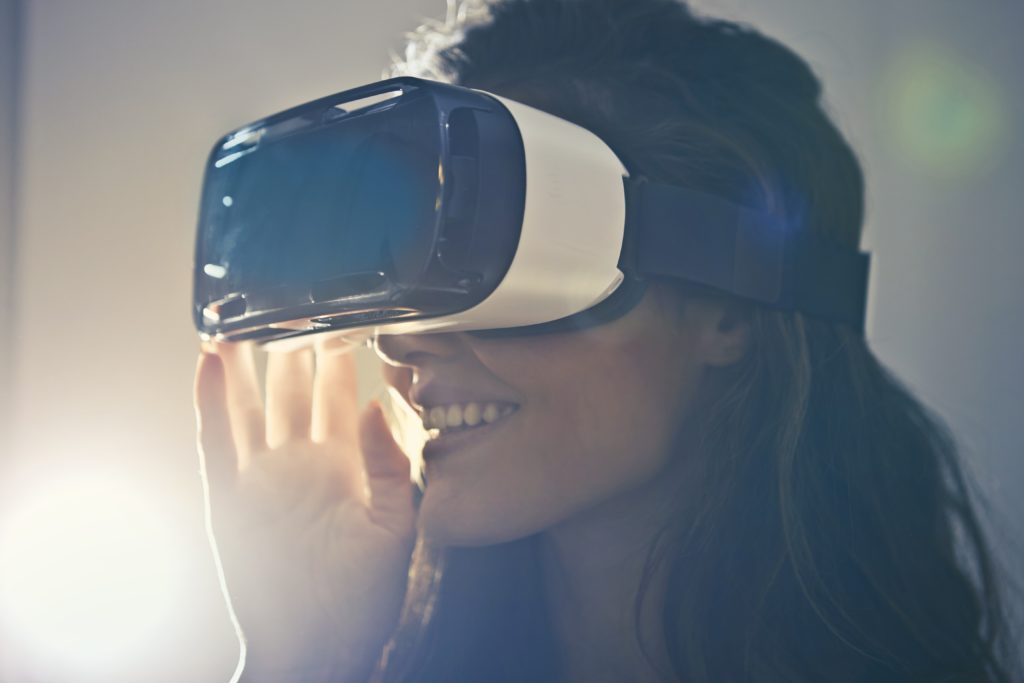The Relationship Between VR and Learning
VR environments enable experiential learning. Simulations mimic real-world contexts, providing a rich and detailed environment for students and trainees. This context-based learning improves memory retention as concepts are learned in a meaningful setting.
Users actively participate in simulations and are encouraged to use all five senses rather than passively observing. Participants are able to associate information with visual cues, such as objects, locations, and actions. This hands-on approach is more engaging and leads to better memory encoding and recall.
With the freedom to navigate and explore spaces in three dimensions, the spatial learning experience helps the brain form stronger associations between spatial information and concepts, improving long-term memory retention.
Furthermore, learning in VR simulations also allows users to repeat simulations and scenarios as often as needed. This repetition reinforces learning and helps solidify concepts in memory.
VR experiences can also be coded to evoke emotions and reactions similar to real-life situations. Emotional engagement enhances memory formation and strengthens neural connections.
As a result, educators can create personalised VR experiences tailored to specific situations and individual learning styles and preferences.
How VR Enhances Memory Retention
To understand how VR enhances learning and memory retention, we should look at how a memory is formed, stored and recalled.
The process begins with the input of sensory information from the environment, such as sights, sounds, smells, tastes, and touch. However, not all sensory information is encoded into memory. Attention plays a crucial role in selecting which information to focus on and process further.
The selected information is then encoded into the brain’s memory system. Information that receives attention moves to short-term memory (STM), where it is temporarily held and processed. STM has limited capacity and duration, typically holding information for about 20-30 seconds without rehearsal.
Information that is rehearsed and processed further moves to LTM, where it can be stored for an extended period, from minutes to a lifetime. Memories are retrieved when the individual identifies previously learned information when presented with cues.
Memories can sometimes be recalled without external cues but this often takes more effort. Retrieval is more successful because the context at encoding matches the context at retrieval.
Thus VR simulations aid retrieval because participants learn by doing, rather than learning by listening. In the latter scenario, memory recall is more likely because an external cue has not been experienced.
Because VR simulations often mirror real-life scenarios, users apply learned skills and knowledge in practical situations. Research shows that most people retain skills and information after hands-on and experiential training.
Engaging with VR challenges the brain and promotes neuroplasticity, the brain’s ability to form new neural connections. This supports long-term memory retention and cognitive flexibility. Regular use of VR for learning plays on the body’s ability to learn habits through the repetition of experience.










